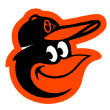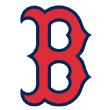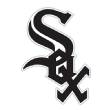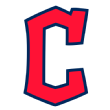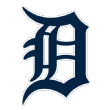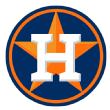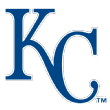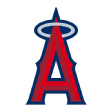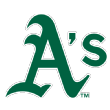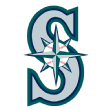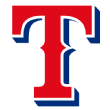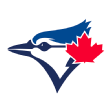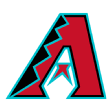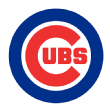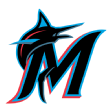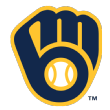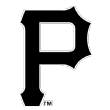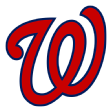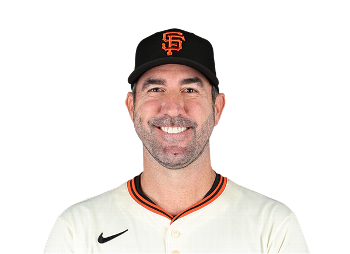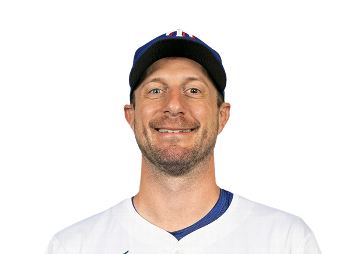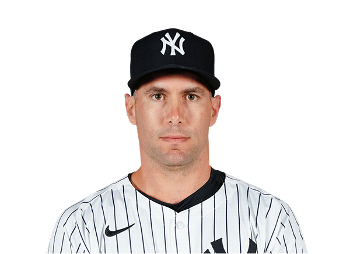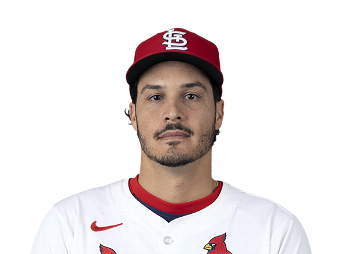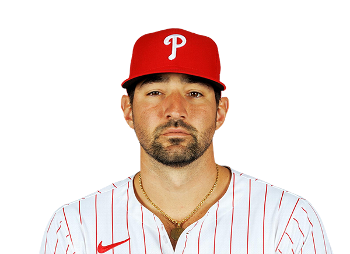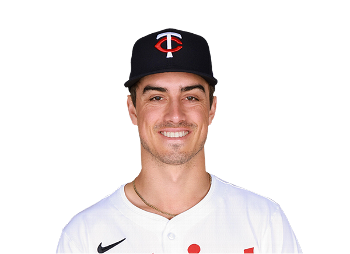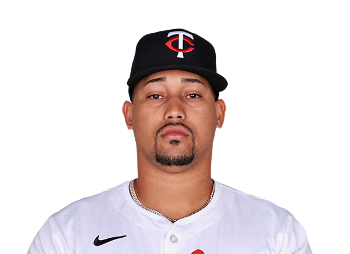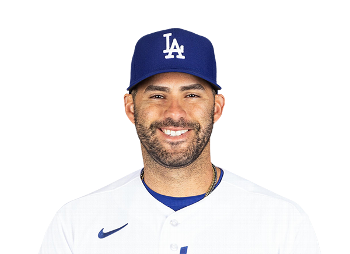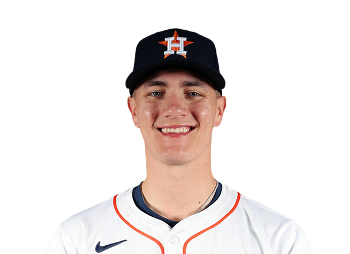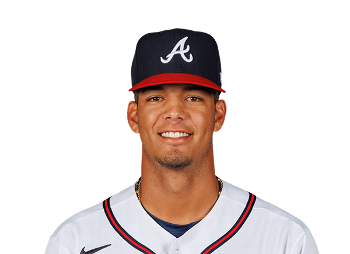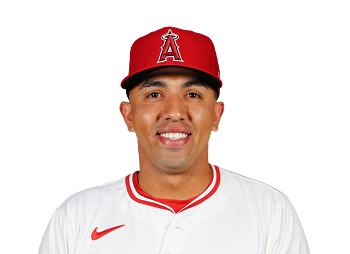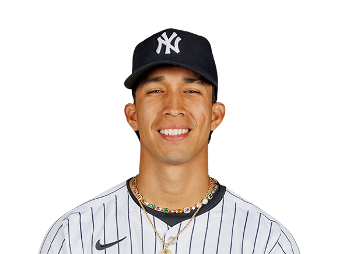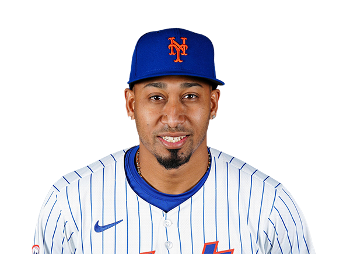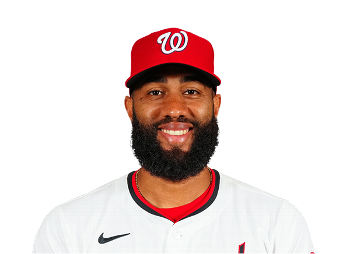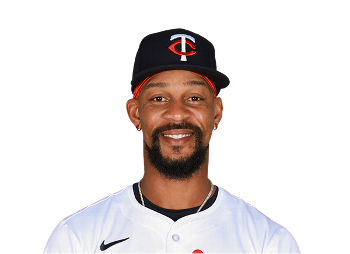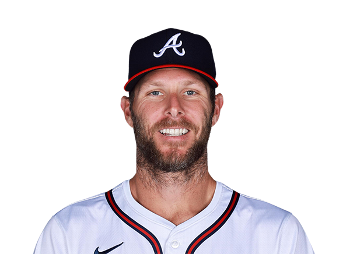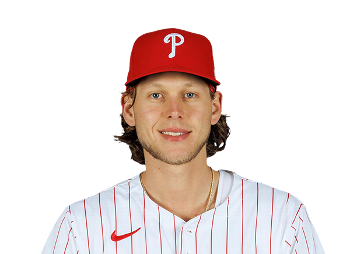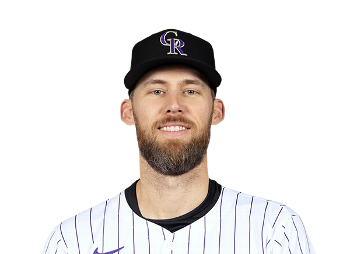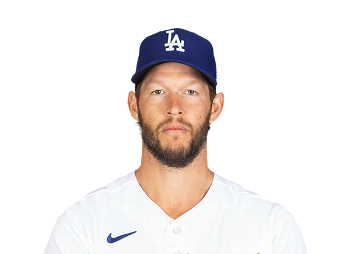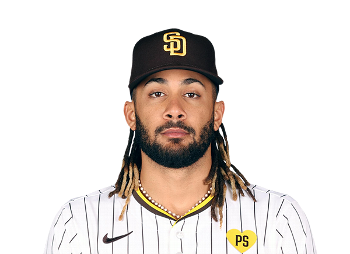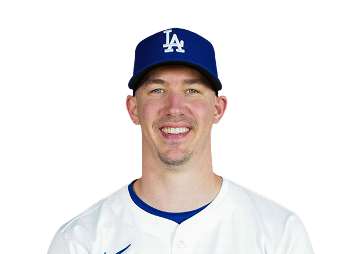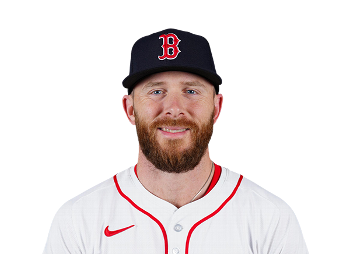Fantasy baseball: Carlos Correa, Jacob deGrom highlight injuries of note
ESPN PLUS $ MATERIAL
Perhaps the most puzzling offseason free agency "injury" situation involved
Carlos Correa. Initially, it appeared that Correa would land with the
San Francisco Giants on a blockbuster
13-year, $350 million contract but that deal fell apart at the eleventh hour due to "
a difference of opinion over the results of Carlos' physical examination," according to Giants President of Baseball Operations, Farhan Zaidi.
Then, the
New York Mets appeared as if they were going to swoop in on the shortstop, with a nearly equally lucrative deal (
12 years, $315 million), but that also fell apart due to similar concerns. Ultimately, Correa landed back with his most recent team, the
Minnesota Twins, on a
six-year, $200 million agreement (with team options extending another four years and player-performance vesting opportunities built into the contract).
Naturally, questions arose as to what "physical" concerns would lead two teams -- both of which were initially so excited about the prospect of adding Correa that they offered huge sums of money and lengthy contracts -- to pull the plug? Neither team was able to publicly discuss specifics around their decision, but one need only look at the final deal Correa accepted with the Twins to read the tea leaves.
The main difference? Length. It has been widely reported that concern about Correa's surgically repaired right ankle and how it would fare over time were the ultimate deal-breakers when it came to long-term guaranteed dollars.
Sign up for your free fantasy baseball league today!
So, why the concern? After all, Correa injured his ankle way back in 2014 while he was playing in the minor leagues, fracturing his fibula on an awkward slide into third base and subsequently undergoing surgery to have a stabilizing metal plate implanted and to repair ligament damage. It ended his season, but he entered 2015 healthy, made his MLB debut that June and hasn't missed any time due to the ankle since. In fact, he's gone on to become a Gold Glove shortstop (2021) and just last year led all MLB shortstops in OPS (.834) while ranking second in OBP (.366) and third in batting average (.291).
He did have a brief scare with the ankle last September when he came up limping following an attempted steal of second base. Correa later said that when he was tagged out, "
He just hit my plate, just felt kind of numb, vibrating." However, he played the next day and concerns about his ankle were all but forgotten -- that is, until the offseason.
The concern from Correa's suitors was more about what
would happen as the ankle continued to age under the stress of the position he plays. It is not uncommon to see changes on imaging over time in an area that has previously suffered orthopedic trauma. Once those degenerative changes are present, the expectation is that they will continue to progress over time -- perhaps at an accelerated rate, depending on activity.
Reports of Correa's MRI playing a role in teams trying to negotiate down the years on his deal hints at the presence of those indicators of "wear and tear" that could eventually limit his playing time. In a
detailed interview with The Athletic, Correa expressed frustration as to how the deals with the Giants and Mets fell apart based on future projections around his ankle when he has not experienced any problems with it to date. "I've played at an elite level where my movement has never been compromised. It was just a year ago when I won a Platinum Glove at shortstop, one of the most demanding positions, where you have to move the most."
From there, Correa went on to point out that ever since his ankle surgery he has incorporated extra stability training into his routine and he plans to make it even more of an emphasis now, to help ensure his ankle stays healthy. To be sure, no one can predict the future, and certainly imaging is only part of the overall picture. Imaging does not always correlate with functionality. There are numerous MLB athletes actively playing at an elite level
right now who, based on their MRIs alone, would have people believing it impossible. Still, it must be incorporated as a part of any future projection for a team doing due diligence prior to making a significant investment.
Will Correa be playing at an elite level in 10-12 years? Will the organizations who passed on him end up wondering what might have been? No one can say for sure. However, looking ahead to the 2023 season specifically, there is no immediate cause for concern for a player who not only has had zero issues with the most talked about ankle in baseball, but who has also posted excellent numbers at his position over the last two years while playing the second and third most games in his major league career since 2016.
Players with 2023 concerns
On the other hand, there are indeed a few star players with injury concerns heading into 2023. Let's take a closer look at the reasons why.
Jacob deGrom, SP, Texas Rangers: After a remarkable three-year string of seasons with over 30 starts (2017-2019), the shortened 2020 season intervened, limiting deGrom to only 68 innings pitched. He hasn't been the same since. Is this coincidence or is the "disruption of routine" a culprit? Who is to say? Either way, 2021 represented a sharp contrast for the previously reliable ace as he was limited to just 15 starts due to elbow issues.
Yes, deGrom (who originally underwent Tommy John surgery in 2011 and a subsequent ulnar nerve procedure in 2016) was able to recover with rest and rehab, rejoining the Mets for the following spring training. Unfortunately, he made just one start in the spring of 2022 before shoulder soreness sidelined him. That soreness turned out to be a scapular stress reaction (a bony injury that can be a precursor to a stress fracture) and deGrom did not return until August.
When he did return, deGrom had his full arsenal available and was dealing over 11 starts. The question heading into 2023 is whether he can pick up where he left off. He is currently on a slower ramp-up this spring due to left-sided tightness (which, while not considered serious, is still something to note).
The bottom line? Despite consecutive years with injuries to his throwing arm, deGrom has
always returned to form when he ultimately re-takes the mound. He remains a force when he is pitching and, most notably, has maintained his velocity. Still, he is 34 years old with a recent injury history that reflects the mileage of his career. Can deGrom hold up to an entire season of pitching demands with his new team? The trend over the last few years suggests that it's unlikely, but there's no reason to doubt the two-time Cy Young winner can still deliver premium results when he's got the ball in his hand.
Clayton Kershaw, SP, Los Angeles Dodgers: Kershaw has given clear indications that he is winding down his career, perhaps most notably by agreeing to only a
one-year deal with the Dodgers for 2023. The 35-year-old southpaw has no doubt taken his health into consideration when contemplating his desire to continue to pitch, especially given that his health has perhaps been his biggest limiting factor of late.
Ever since a herniated disc cost him nearly two months of playing time in 2016, Kershaw has been sidelined with some type of spine-related issue in five of his last seven seasons. In 2021, upper extremity problems entered the picture as he missed a couple of months with shoulder soreness, only to return and then be forced to end his season early due to forearm soreness. In 2022, he again missed roughly one month on two separate occasions due to low back/sacroiliac joint issues.
The good news is that Kershaw is healthy coming into the 2023 season, at least so far. Despite his episodes of missed time over recent years, when he's been on the mound, Kershaw has remained the ace with the breaking pitches the Dodgers have come to rely upon (albeit with his average velocity down a tick from when he was in his prime). Ultimately, Kershaw remains a strong performer when available, but it should not come as a surprise if he misses some time over the course of the season.
Fernando Tatis, Jr., SS, San Diego Padres: When Tatis was
suspended for 80 games last August for violating the league's PED policy, it may have yielded some surprise health benefits for both the young superstar and his organization. Just weeks after his suspension, Tatis underwent surgery to repair a torn labrum in his left shoulder, a shoulder he had repeatedly subluxed/dislocated on multiple occasions. With each repeat episode, the chance of recurrence increased, yet Tatis had previously been resistant to a surgical fix.
Between stabilizing his shoulder in September and undergoing a procedure to alter the hardware in his left wrist in October (the same wrist he had injured in the pre-2022 offseason which then required surgery when he arrived at training camp, costing him the early months of the season prior to his PED suspension), Tatis has addressed what would have otherwise been the primary concerns for him heading into this year. The suspension afforded him ample time to fully rehabilitate his left arm and he has been participating this spring without limitations.
While it may take a bit for him to fully regain the timing of his swing and his home run power (as is often the case after a procedure to, essentially, tighten up the shoulder) there will no longer be the apprehension that his arm could slip out of the joint at any moment. Even Tatis has described his shoulder as feeling "really secure,"
noting at the Padres Fan Fest in February he is "as close to 100 percent" as he's been in the last two years.
Bryce Harper, DH, Philadelphia Phillies: Sure, Harper is coming off surgery on his right UCL (ulnar collateral ligament) and won't likely be available to play until mid-season. However, this is about injury concern
going forward once Harper is able to return. That return is expected to be staged with Harper's early outings likely to be as a DH, perhaps around the All-Star Break, with a later potential return to right field.
Here's the takeaway: Don't worry -- for several reasons. First, the November surgery was performed by one of the most renowned surgeons in baseball, who also happens to be experienced in this particular procedure, which is an important consideration. Harper
underwent successful right elbow UCL reconstruction/repair with ulnar nerve transposition with Dr. Neal ElAttrache.
The procedure is considered to be a hybrid of a reconstruction along with a repair and InternalBrace of the native ligament. What does that mean? It adds to the benefits of reconstruction by repairing what remains of the athlete's original ligament and reinforcing it with a synthetic FiberTape that serves as a check-rein protection. This contributes to a strong construct for healing while providing increased confidence for the athlete as he stresses the healing ligament during rehabilitation and return to play.
One of the benefits for Harper when it comes to regaining the timing and power of his swing is the fact he remained active as a DH even after injuring his elbow last season. Much like pitcher
Shohei Ohtani, who continued to participate as a hitter even after his injured UCL prevented him from throwing, Harper's ligament injury was to his forward arm as a batter. The UCL sits on the inner or medial side of the elbow, an area that is far less stressed when hitting from the opposite side. Harper couldn't throw with his injured right arm (and therefore couldn't play in the field) but he could still hit as a lefty.
And, hit he did. His power remained intact until he was sidelined in late June due to a fractured left thumb. His post-season stats showed he had overcome his thumb injury as he helped take the Phillies to the World Series. The lack of overall downtime from hitting even after his ligament injury will be a bonus as he starts to hit again. As a non-pitcher, Harper's road to return to play is shorter as he is not subject to the repetitive violent motion of pitching.
Still, he will have to be able to throw for distance and accuracy before returning to the field. Typically, a position player can initiate throwing around four months post-operatively and resume throwing in a game several months later -- hence the rationale for him to return as a hitter in advance of his return to playing defense. Harper has said he is not placing any timelines on his return, which is sensible given that every rehab effort is an individual one and it is a lengthy process. There will be good days and perhaps some less than good days as his elbow adapts to the demands of baseball but the overall rate of success following these procedures is high. Harper's own teammate
Rhys Hoskins underwent a UCL repair in 2020 and has not had issues with his elbow since his return.
While Harper's total playing time is going to be shortened this year as a factor of his recovery, there should be optimism for what he can deliver at the plate in the second half of the season and confidence in his elbow going forward.
Quick snapshots
Chris Sale, SP, Boston Red Sox: The last three seasons can't be what Sale envisioned when he signed a contract extension with the Red Sox in 2019. The pandemic-shortened 2020 season coincided with Sale undergoing Tommy John surgery and he didn't return to big-league action until late 2021. In 2022, a trifecta of injuries derailed virtually his entire season (a rib cage stress fracture, a fractured left pinkie via a comebacker, and a right wrist injury sustained in a bicycle accident). As a result, it's hard to fully assess what his post-Tommy John profile looks like.
A now-healthy Sale has been solid early this spring, hitting the mid-90s on his fastball and striking out opponents, suggesting an encouraging return to form. His recent injury history looms large however and at a soon-to-be 34 years old with over 1,600 MLB innings under his belt, Sale's risk of missing time is elevated.
Walker Buehler, SP, Los Angeles Dodgers: Buehler's 2022 season began to fall apart early as elbow soreness turned into a flexor strain, then surgery to remove a bone spur, ultimately ending in his second Tommy John (revision) surgery in August. Recovery from revision surgery is often a hard road back so, while it's not impossible Buehler could appear for some innings late in the year, a true return is not likely until 2024.
Trevor Story, 2B, Boston Red Sox: Story underwent a right elbow UCL repair with InternalBrace augmentation in January of this year and recently initiated baseball activity in the form of light fielding. The recovery timeline typically runs around six months, although it's always important to note that individual timelines will vary. The Red Sox have placed him on the 60-day IL and have promised to bring him along gradually. Expectations should be guarded until the back half of the season.
Byron Buxton, OF, Minnesota Twins: Buxton has played over 100 games just once in his major league career -- and that was back in 2017. The latest culprits keeping him off the field were last year's knee and hip soft tissue injuries, one of which required a minor arthroscopic procedure in the offseason. The Twins have indicated they will take it slowly with Buxton this spring (is there any other choice?), but his talent can't outrun his injury history and subsequent risk.
Kris Bryant, OF, Colorado Rockies: Bryant's plantar fasciitis got so bad in the middle of last season that he could barely put weight on his foot and, ultimately, it led to an early shutdown. While the extended rest along with an altered offseason training program appear to have helped Bryant to be without limitations this spring, there lurks a risk of the discomfort returning. Only time will tell whether the issue merely went into temporary hibernation while baseball was on hold for Bryant or whether it has fully resolved.
